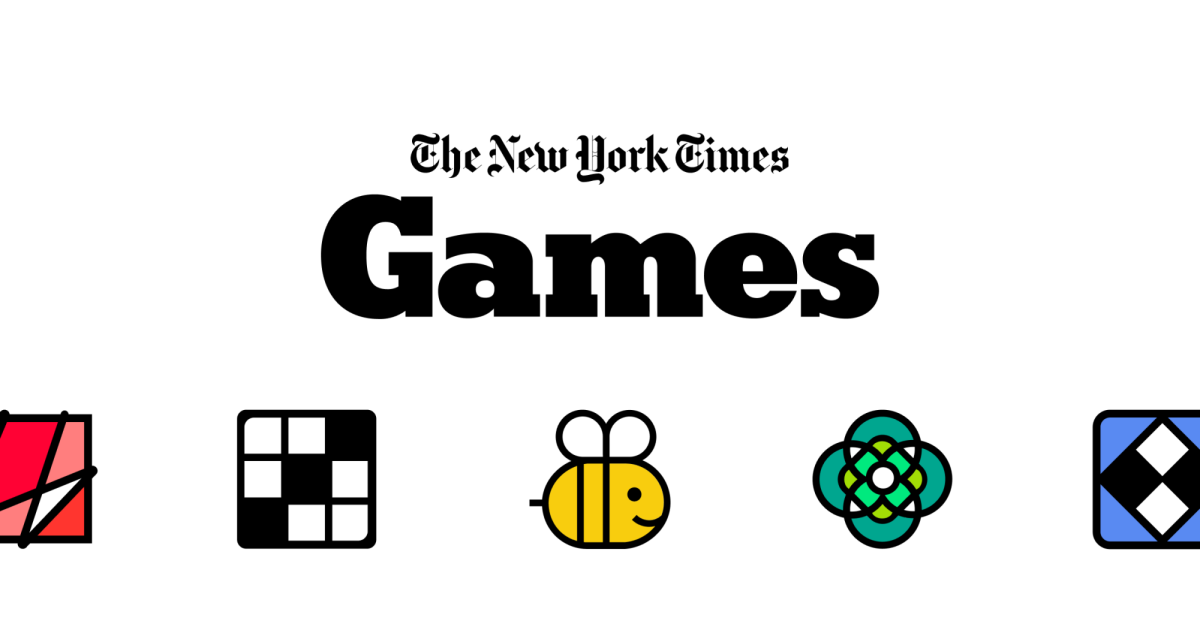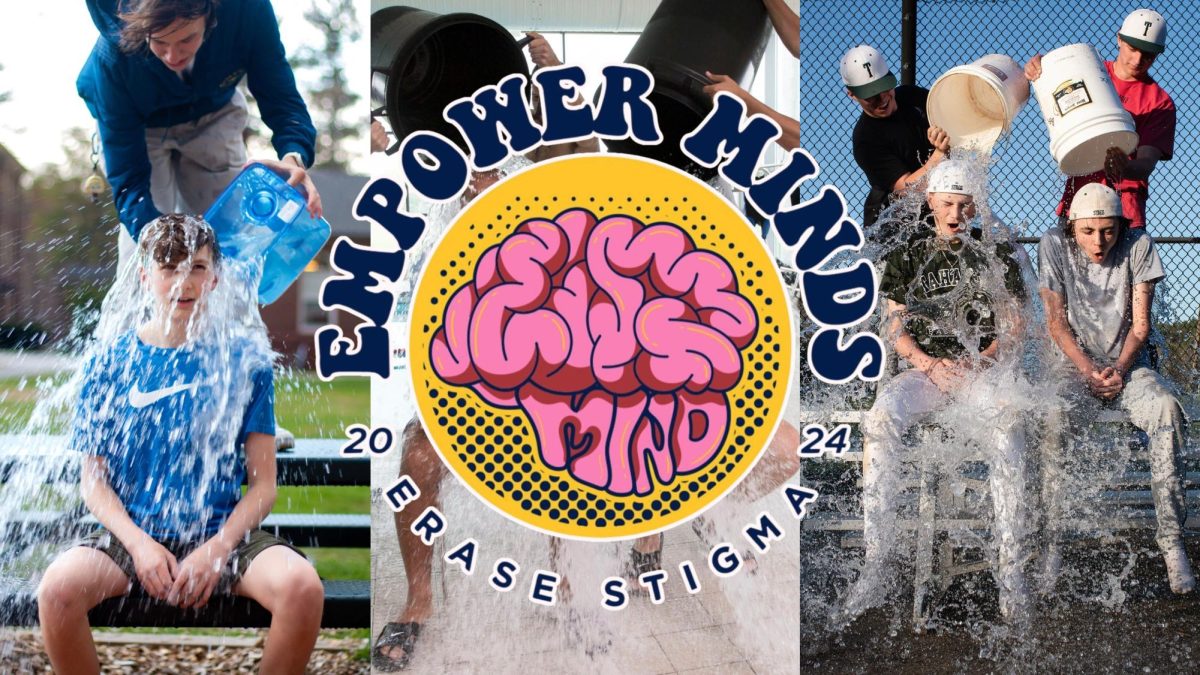Roast, Arise, Crane, Irate… what do these words have in common? The answer is simple really, it’s nothing, or atleast at face value. Although their definitions have nothing in common, they’re actually some of the most commonly used starting words in Wordle. In August 21, 2014, the New York Times newspaper’s website would add digital games, starting with the Mini Crossword, and later adding the popular games of Wordle, Strands, and Connections, along with the other games there. These games would be a near instant hit, and now 11 years later, they’re still played often today as entertainment for students and people around the world.

How does it work?
The NewYorkTime’s has a multitude of online games including the following; The Mini, The Crossword, Spelling Bee, Wordle, Strands, Connections, Letter Boxed, Tiles, and Sudoku. Some of these were originally known as games in the physical newspaper while others are exclusively online. Out of all of these, Wordle, Connections, and Strands are the most popular. Wordle, has you guessing words that are exactly five letters, the goal being to guess the randomly selected word based off knocking off letters from words that you previously guessed incorrectly. Connections is a category matching game that has 16 words in four rows total. The goal is to connect these words by finding a similar theme they share. Strands is a game where you have a bunch of jumbled letters, and you have to find and spell words that all connect to a theme with the theme itself being one of the words, known as the spanagram!

Is It Beneficial?
Early in the morning? Do the daily wordle. Middle of a lesson? Time to do the connections. Finished with a test or doing an assignment? Play letterboxed. Despite teachers finding the constant playing of games annoying or non educational, it may actually have it’s benefits. Dr. Moughamian says “When it comes to stimulating the brain, doing something is better than nothing, as long as it promotes thinking, creativity, and learning.” Doing the daily wordle or any game that requires problem solving or strategic thinking is said to help stimulate and challenge key brain regions, which can help students in certain areas. As long as student’s aren’t doing this before their main work in classes, it seems to be a very good idea to do the daily games to warm up their brain, and overall shouldn’t be a big deal with teachers.








